Non Verbal Communication Facial Expressions
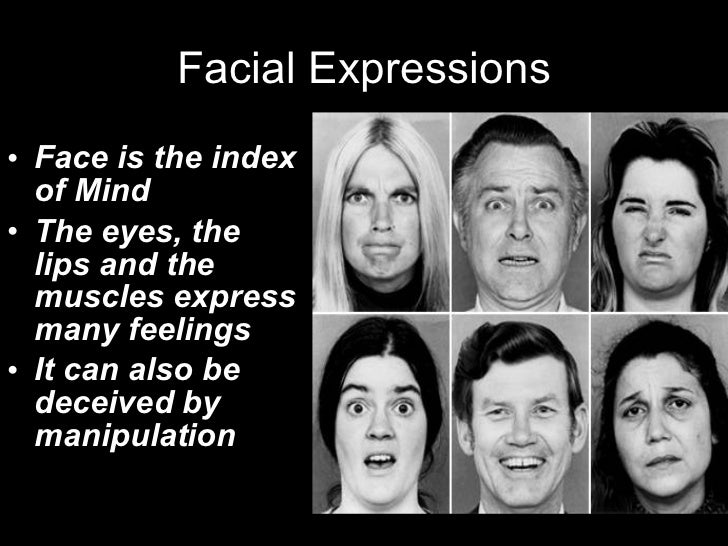
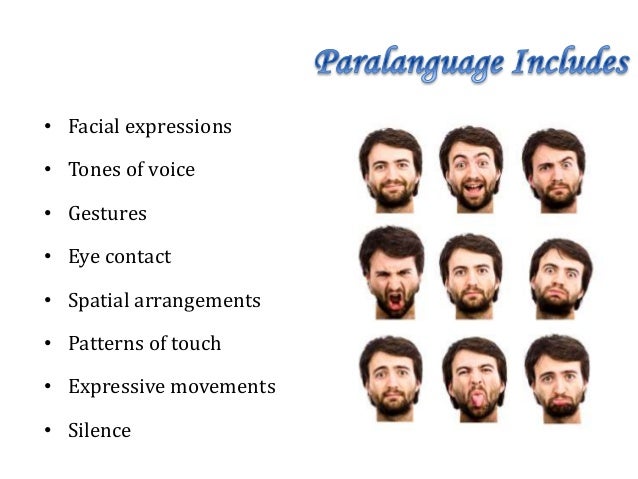
1. Behavior and elements of speech aside from the words themselves that transmit meaning. Non-verbal communication includes pitch, speed, tone and volume of voice, gestures and facial expressions, body posture, stance, and proximity to the listener, eye movements and contact, and dress and appearance.
Categories of Non Verbal Communication. Communication is transferring information between one person and another. Non verbal communication can be divided into four categories: aesthetic, physical, signs, and symbols.
NON VERBAL COMMUNICATION Table of contents I. INTRODUCTION II. FACIAL EXPRESSIONS 1. General Information 2. Examples – fact sheets: 3. Conclusion III. GREETING 1. General Explanation
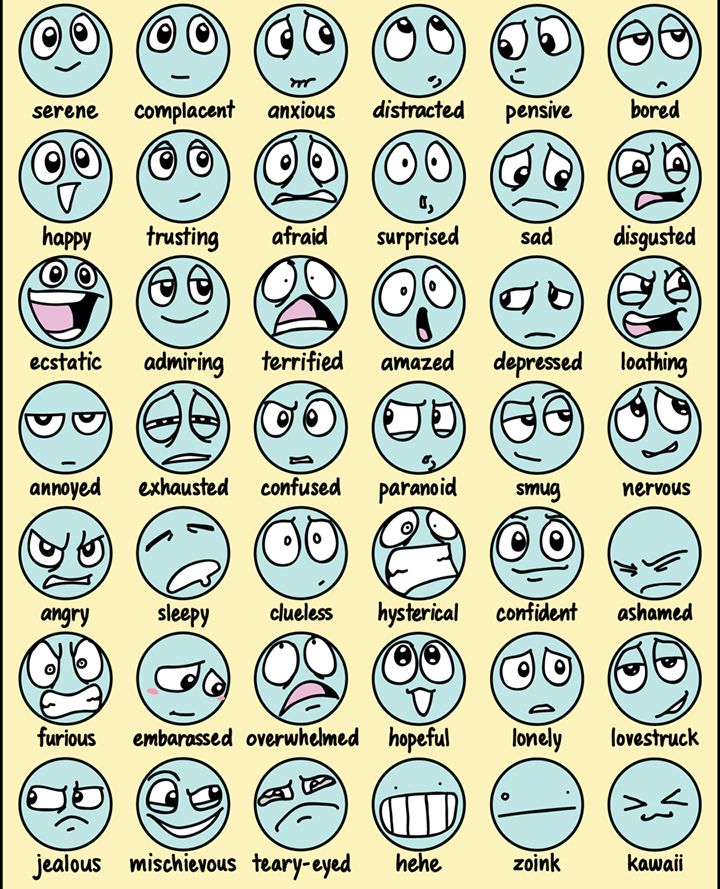
Awesome. Image Source. The verbal communication role would be to provide the raw, informative and neutral data.. The nonverbal communication would be used to add the “flavor” – to show attitude and emotion to the otherwise “dry” data.
Difficult to understand: Difficult to understand and requires a lot of repetitions in non-verbal communication. Since it uses gestures, facial expressions eye contact, touch etc. for communicating with others which may not be …
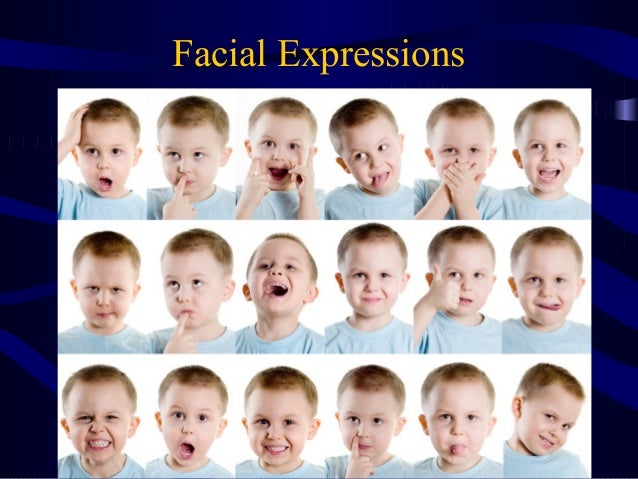
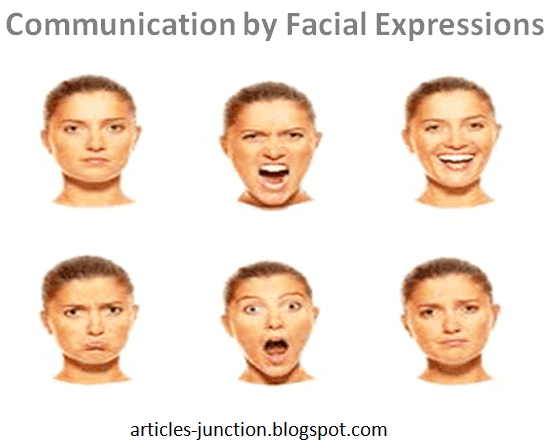
I enjoyed reading your article. It is interesting to see how even among Latinos from different regions we can see different rules in terms of non verbal communication: while some are more outgoing and loud, others are more reserved, quiet and more difficult to …

What is Verbal Communication? Verbal communication encompasses any form of communication involving words, spoken, written or signed. The conversation we have with our coworker at lunch, the morning news or the sports page we read in the morning–even the text message you send to your spouse telling him to pick up some milk is a form of verbal
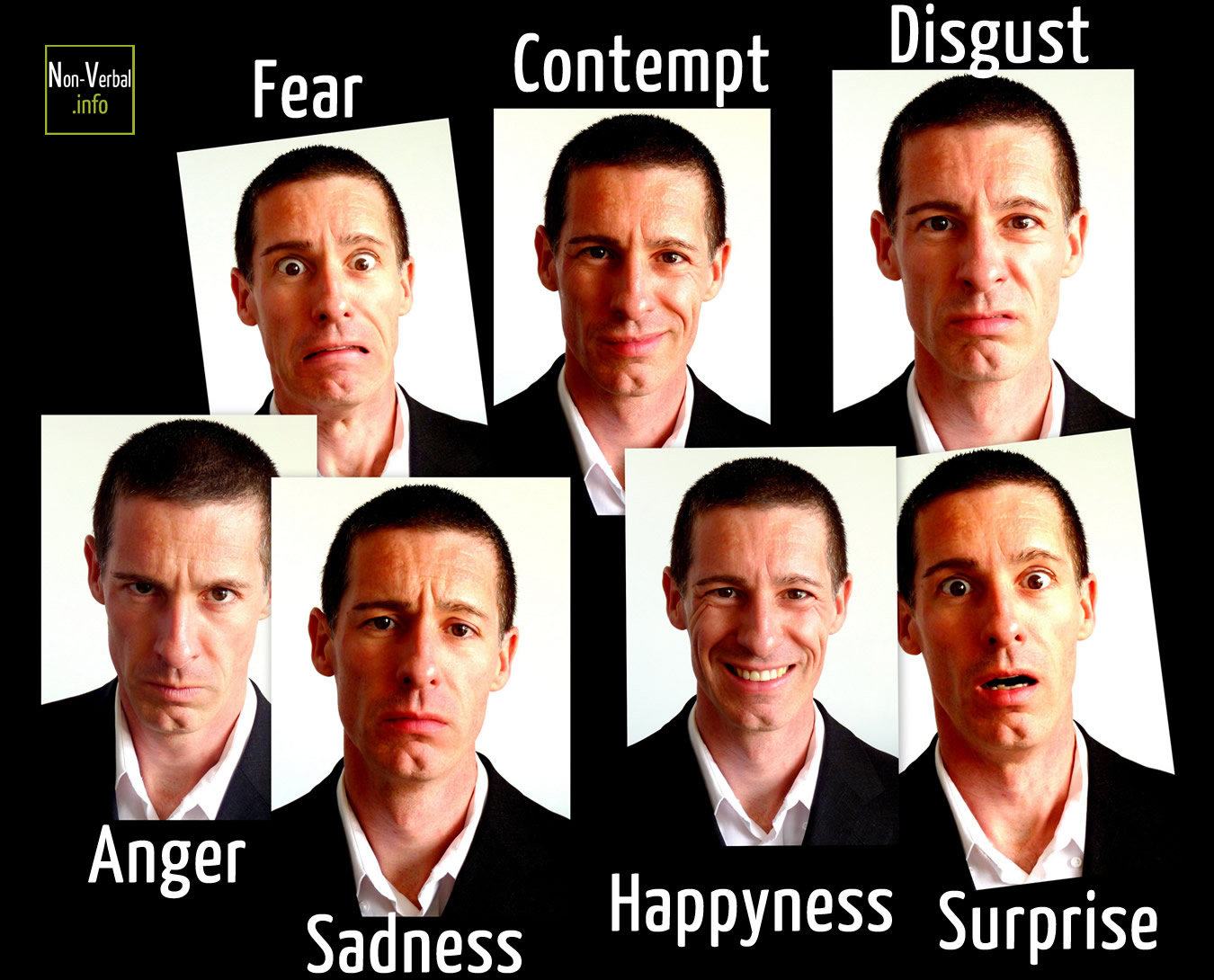
Nonverbal communication represents two-thirds of all communications. [dubious – discuss] Nonverbal communication can portray a message both vocally and with the correct body signals or gestures.

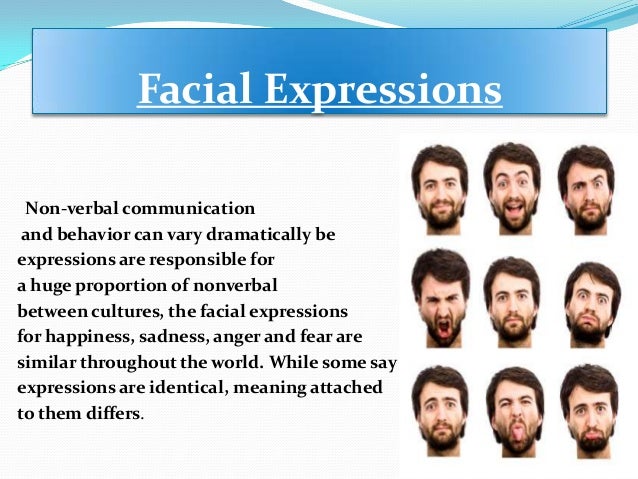

Free non-verbal communication papers, essays, and research papers.
Non-verbal communication is different from person to person and especially from one culture to another. Cultural background defines their non-verbal communication as many forms of non-verbal communications like signs and signals are learned behavior.